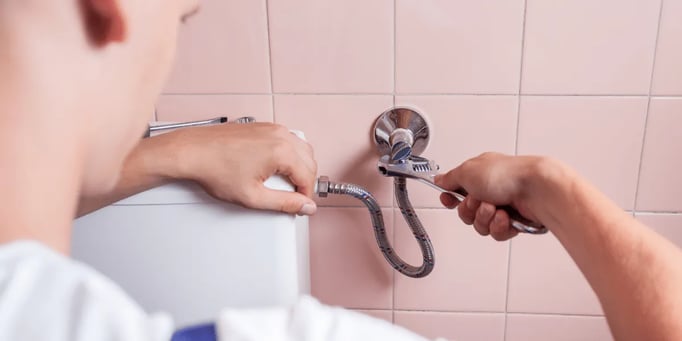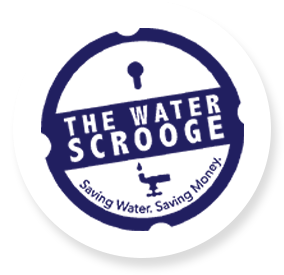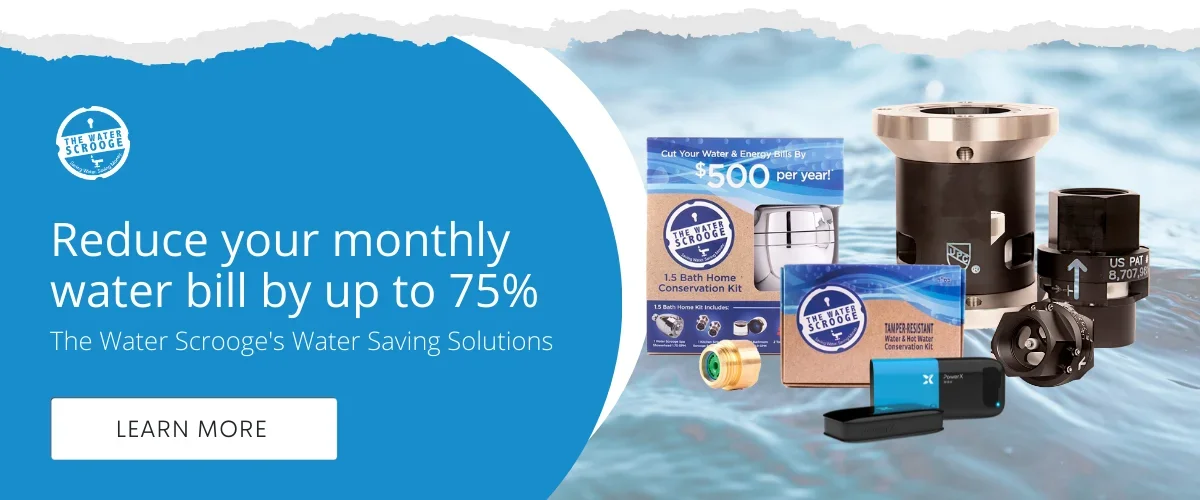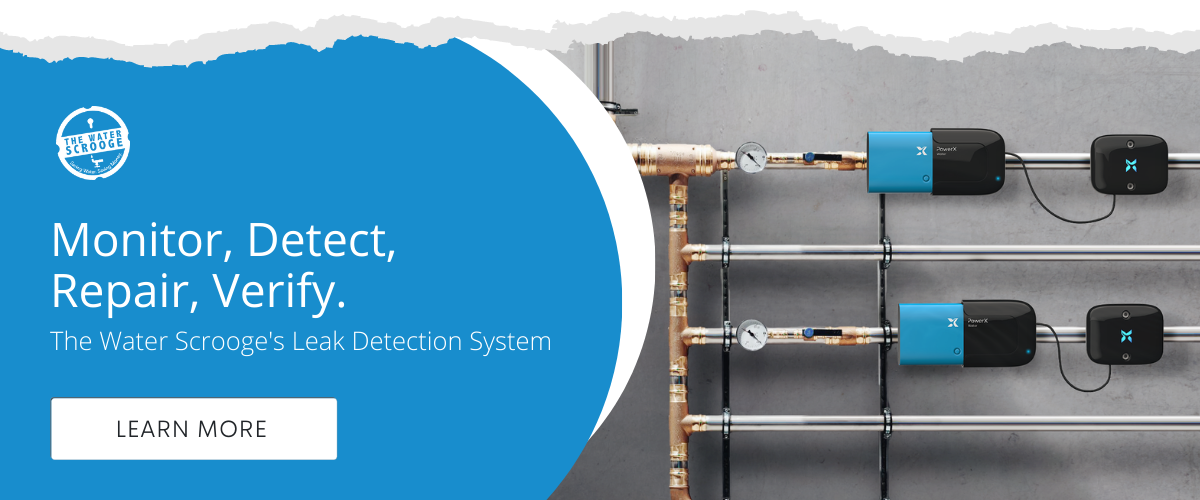4 min read
5 Ugly Facts About Water Leaks in Apartment Buildings
![]() David Schwartz
Feb 3, 2022 1:36:00 PM
David Schwartz
Feb 3, 2022 1:36:00 PM

Clear your mind, and imagine this— one trillion gallons of water.
Having some trouble? We don't blame you.
None of us have ever seen a swimming pool quite that huge, and that's because it doesn't exist.
One trillion gallons of water would fill about 40 million swimming pools.
That's about how much water Americans needlessly waste each year, according to the Environmental Protection Agency. As a landlord, your job is to keep your properties structurally maintained, and that includes staying on top of pesky water leaks.
Water is a finite resource—despite permeating 70 percent of the Earth's surface, less than 1 percent is available for human consumption. But not only are such leaks bad for the environment, they're also bad for business.
Running toilets, errant irrigation systems, and leaky faucets are no joke:
- One toilet leaking 1.5 GPM wastes 21,600 gallons per month (click here for how much it costs).
- One faucet leaking one drip per minute wastes up to 34 gallons per year.
- One drip irrigation leaking 1 GPM wastes 43,200 gallons per month.
If you're running a residential property, those numbers can add up significantly. For the remainder of this article, we'll discuss the facts landlords should be aware of when it comes to managing water leaks:
01. Landlord Insurance May Not Cover Damages
02. Running Toilets Can Be Very Expensive
04. Most Landlords Are Overspending
05. Water leaks can be prevented
01. Landlord Insurance May Not Cover Damages
Though not required by law, landlord insurance is essential for anyone collecting rent and managing a property. As a landlord, you need protection from financial loss that may result from structural damages related to everything from fires, to break-ins, to hurricanes.
But are you 100 percent certain your policy covers water insurance? Interestingly, this is often sold as an additional separate from the base policy. Once in place, the policy will typically cover water damage to the building or anything inside the property. For example, say your water heater breaks—the policy will likely pay for new floors.
Additionally, most basic dwelling policies will cover broken pipes and water heaters. However, you will need an extra flood policy to cover floods, rains, sewer backups, water issues from natural disasters, etc. The bottom-line? Don't assume you're covered—know.
02. Running Toilets Can Be Very Expensive
In our experience, the most common leak faced by landlords is "the running toilet." Running toilets can have different speeds at which they drain your money:
- A slow leak typically wastes 30 gallons a day, flying underneath your radar.
- A medium leak typically wastes 250 gallons (around $3.00) a day.
- A large leak can waste as much as 4,000 gallons (around $40) a day.
Considering that 1 in 5 toilets is leaking at any given moment, most landlords are actually losing hundreds of thousands of dollars. The maddening part of it all?
Typical toilet leaks are easy to fix! Most are caused by worn flapper valves that allow water to dribble from tank to bowl. So, the question remains: Why are toilets such a huge problem?
Not all leaks are typical, and simply changing a flapper doesn't always fix the problem. Nor does putting bricks or food coloring or dyes in the tank. In many cases, a toilet leaks slowly down the drain with the water never going through the bowl. In other cases, the flush calibration is off and toilets are simply using way too much water to flush.
(Check out this valve that will fix 80% of your toilet leaks.)
In the end, toilets are no joke and there's a lot of ways they can cost you money. But the most often cause of running toilets destroying your bottom line is apathy from tenants.
Check out our Toilet Scrooge FAQ!
03. Leaks Often Go Unreported
Unfortunately, most tenants do NOT treat their units as if they were their own. If a tenant hears a leaking toilet, they are unlikely to report it unless they find the noise bothersome—most don't.
Are we suggesting tenants don't care about the environment? Absolutely not.
As Karen Wirth, from the EPA's WaterSense program, puts it:
“I think how it goes unnoticed is, people see a couple of drips coming out of their shower head, or sprinkler outside, or faucet, and it doesn’t seem like that much."
While environmental education programs can be effective, there is a more fool-proof solution: Install a wireless monitoring device like the Toilet Scrooge™. It helped Parkchester Condominiums save over $2.3 million on their annual water bill, lowering each unit’s water expenses by over $250.
04. Most Landlords Are Overspending
Based on our research, most landlords of apartment buildings are overspending due to water leaks.
Here are some facts we've gathered based on medium-sized toilet leaks:
- Multi-family buildings consume 30-54 gallons of water per day, per person on average.
- A 500-unit building contains 1,000 occupants, which translates to 42,000 gallons per day.
- That translates to roughly $189 a day or $68,985 a year in unnecessary water costs.
05. Water leaks can be prevented
85% of properties lose 35% of water due to leaks that could have easily been prevented.
Landlords face one main challenge when it comes to water leaks: Leaks are always occurring.
Even the most hands-on, vigilant landlords can experience multiple leaks a month. This is just the nature of plumbing.
Even sending someone to inspect every water fixture in the building would be useless, since leaks are spontaneous and impossible to predict.
Identify Apartment Water Leaks
As you can see, apartment building water leaks are not something you want to ignore. Even the most hands-on, vigilant landlords can experience multiple leaks a month. This why The Water Scrooge provides NYC landlords with real-time, water leak detection sensors and water saving products for multi-family buildings.
Advantages of Using A Leak Detection System
Advanced Leak Detection
Leak Detection Systems detects small, medium and HUGE leaks. The water leak sensors can pick up water flow as little as 0.2 ounces, whereas competitors’ products only detect a flow of 0.25 gallons or more!
Your Cost Savings
Most clients earn their investment back within the first year of installation after purchasing the Water Scrooge! Your total savings will depend on several factors, such as the size of the building, occupancy, water pressure and the individual habits of each of your tenants.
Water Usage Dashboard
Some leak detection systems allow you to monitor, track, and analyze the water usage in your entire real estate portfolio with our dashboard. From apps, you can set custom savings goals and keep track of your water data, 24/7.
The Water Scrooge Leak Detection System
We all know that water is essential to life, but it can also be costly. The Water Scrooge Leak Detection System provides a cost-effective solution for landlords looking for a way to reduce their utility bills and minimize the risk of damage in their units.
Contact us today if you're interested in learning more about water conservation or how our cutting-edge technology and cost effective alternatives could help your building save money!
About The Water Scrooge™
The Water Scrooge™ offers water conservation ways and products to multi-family landlords and homeowners, including: shower flow controllers, Leak Detection Systems, Toilet Leak Prevention Devices (The Toilet Scrooge™), water flow management devices (SMART Valve™), toilet calibration and DIY products.
Also featuring The Water Scrooge™ App. Our app empowers your team to carry out the installation of our kits. With it, you can also record and track data points about the units (other than water usage).



